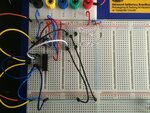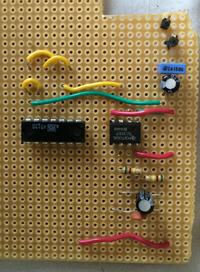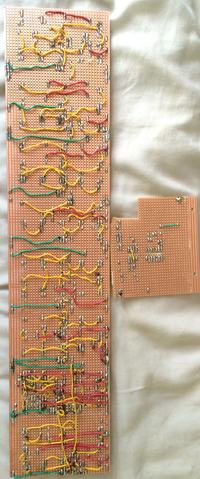D.A.(Tony)Stewart
Advanced Member level 7
- Joined
- Sep 26, 2007
- Messages
- 8,996
- Helped
- 1,823
- Reputation
- 3,645
- Reaction score
- 2,194
- Trophy points
- 1,413
- Location
- Richmond Hill, ON, Canada
- Activity points
- 59,504
Still not working? Something is fundamentally wrong with your understanding of transistors. Connecting a CMOS directly to Vbe shorts the output to 1 diode drop, so that it cannot satisfy internal logic levels to toggle. The CMOS output voltage must be within valid logic levels. THe transistor with grounded emitter must not overload the CMOS output, so a suitable series Rbase is expected.
If you dont understand valid logic levels for CMOS yet, read , then ask. Same with transistor input impedance estimates, read or ask.
If you dont understand valid logic levels for CMOS yet, read , then ask. Same with transistor input impedance estimates, read or ask.



